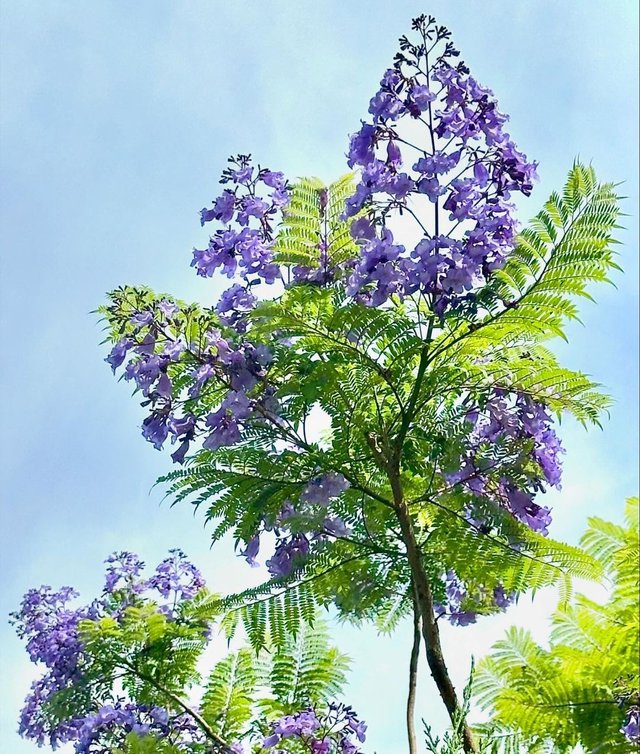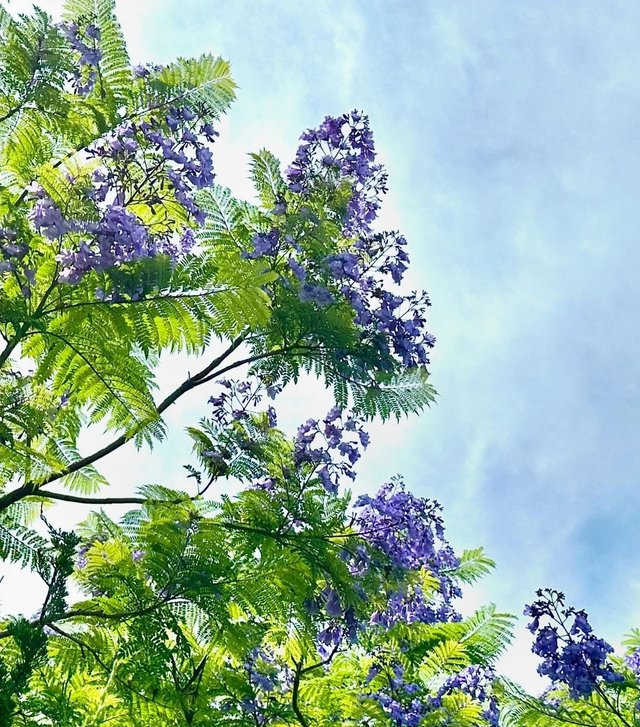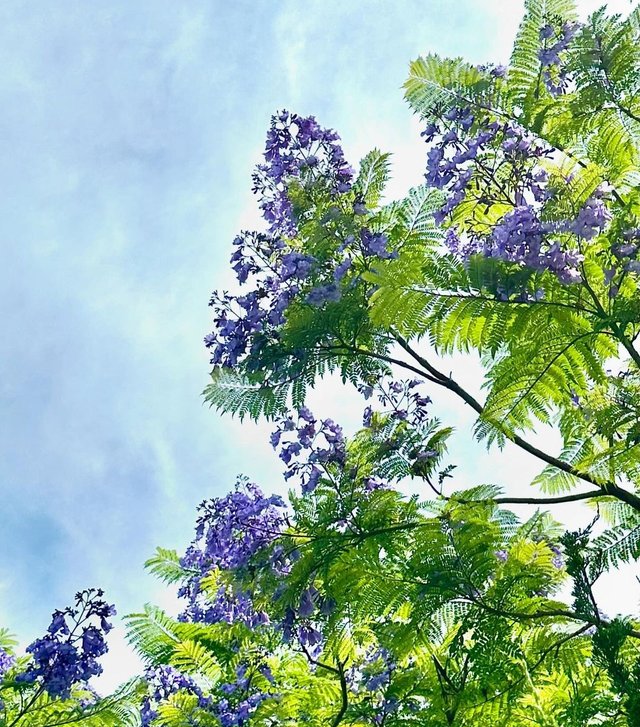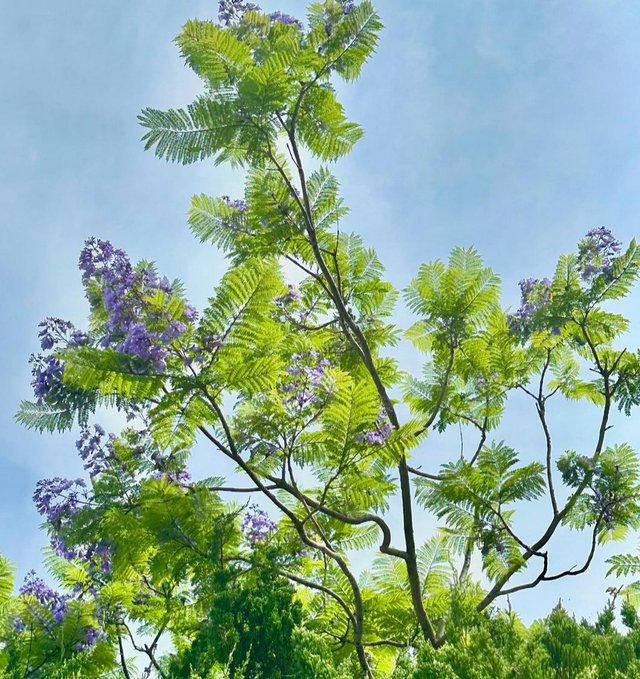Blue Jacaranda Wonderful
Blue Jacaranda: The Majestic Purple Bloom
The Blue Jacaranda, scientifically known as Jacaranda mimosifolia, is a captivating tree that enchants observers with its stunning display of violet-blue flowers. Originating from the subtropical regions of South America, particularly Brazil, Argentina, and Bolivia, this tree has found its way into many parts of the world, becoming a beloved ornamental species. Its enchanting beauty, coupled with its lush foliage and unique flowering pattern, makes it a standout in both urban and rural landscapes.
Botanical Characteristics
The Blue Jacaranda is a deciduous tree that typically grows to a height of 5 to 15 meters, though in optimal conditions it can reach up to 20 meters. Its canopy spreads widely, creating a broad and symmetrical crown that provides ample shade. The tree's leaves are bipinnate, meaning each leaf is composed of multiple small leaflets arranged on either side of a central stem. These feathery, fern-like leaves contribute to the tree's delicate and graceful appearance.
However, the most striking feature of the Blue Jacaranda is undoubtedly its flowers. Blooming in late spring to early summer, the tree is covered with clusters of trumpet-shaped, lavender-blue flowers. These blooms not only create a visually spectacular display but also emit a mild, pleasant fragrance. The flowering period can last several weeks, during which the tree becomes a focal point of beauty and admiration.
Growing Conditions and Care
The Blue Jacaranda thrives in a variety of climates but prefers warm, sunny environments. It grows best in well-drained soils and can tolerate a range of soil types, from sandy to loamy. While the tree is drought-tolerant once established, regular watering during dry spells helps ensure optimal growth and flowering.
For gardeners and landscapers, the Blue Jacaranda requires minimal maintenance. Pruning is generally needed to shape the tree and remove any dead or diseased branches. Fertilizing once a year in the spring with a balanced fertilizer can enhance flowering and overall health. Additionally, the tree benefits from a sunny location, as full sun exposure encourages prolific blooming.
Ecological and Cultural Significance
In its native habitat, the Blue Jacaranda plays a vital role in local ecosystems. The flowers attract a variety of pollinators, including bees, butterflies, and hummingbirds. These interactions contribute to the tree's propagation and the health of surrounding plant communities.




